NASA Guam EPSCoR
NASA Guam EPSCoR
NASA Guam EPSCoR
NOTICE OF FUNDING OPPORTUNITY
Deadline: Rolling basis, reviewed every two weeks
The NASA Guam Established Program to Stimulate Competitive Research (EPSCoR) is seeking applications from University of Guam (UOG) faculty and staff for seed-grant proposals that align with objectives and specific aims of the NASA Guam EPSCoR Program Research Infrastructure Development (RID) Project and NASA Cooperative Agreement Notice (CAN) – Hanom Fresko yan Acho’ Tasi.
The overall goal of the NASA Guam EPSCoR RID Project Plan is to develop a competitive research and technology program aligned with NASA missions and relevant to Guam and the region.
- Objective 1: Conduct research relevant to Guam and the region and aligned with NASA missions.
- Objective 2: Promote education and workforce development, with a focus on geographic information systems, remote sensing, and applications of unmanned aerial systems.
- Objective 3: Utilize innovative remote sensing technologies to support terrestrial and marine resource management and studies in Guam and Micronesia.
- Objective 4: Improve and maintain a strong cyber infrastructure backbone, and serve as a data science hub in Micronesia in order to encourage computer intensive analyses at UOG.
- Objective 5: Foster collaboration and partnerships between Guam and NASA researchers, as well as between Guam academic institutions, government agencies, and industry.
The NASA CAN Hanom Fresko yan Acho’ Tasi project’s primary objective is to use geospatial datasets of varying resolutions and traditional in situ field data to enable researchers to characterize and model different aspects of coastal freshwater discharge, from ridge to reef.
Awards will be given with a maximum funding of $20,000 and the possibility of travel accommodations. Proposals will be selected based on the quality of the research and on the potential to achieve significant results either through the results of the NASA data applications, or in the development of new technology or new uses of NASA technology to solve Earth and Ocean problems in the region. Proposals are expected to be completed by May 1, 2023 with a written report.
Submit your proposal along with your CV (no more than two pages) to Dr. Leslie Aquino at AquinoL8112@triton.uog.edu. Please attach a budget breakdown with the proposal.
PROJECT PROPOSAL GUIDELINES
SUBMITTED PROPOSALS SHOULD NOT EXCEED FIVE PAGES (NOT INCLUDING REFERENCES, BUDGETS)
[NASA GUAM EPSCOR SEED GRANT PROPOSED TITLE]
[PI AND COLLABORATOR NAMES]
Introduction and Background (1/2 – 1 page)
- What is the purpose and/or need(s) for this project?
- What existing challenges does this project address? Include references were applicable.
- How does this project meet NASA Guam EPSCoR’s objectives?
Project details (1-2 pages)
- List the overall objectives and goals for this project.
- What activities and/or excursions will be included in this project?
- What will be studied (e.g. corals, ocean temperatures, fish spawning sites) and what methods will be used?
- Who is involved? What roles will be needed to carry out the responsibilities of this project?
Anticipated project outcomes and deliverables (1/2 page)
- What are the anticipated deliverables? Please describe (ex: publications, proof of concept for larger research proposal
- How will these deliverables be used and/or distributed?
Time frame (1/2 page)
- Please list your timeline, including deadlines and anticipated dates for field work, for project completion. A table displaying events and activities is also acceptable.
Budget (1/2 – 1 page)
- Write your requested amount with justification, not exceeding $20,000.
- Justifications may include funding needed for hires, salaries, supplies and equipment, travel, data collection, publication and other work-related fees, contractual services.
References (no limit)
- List all references and sources noted in your proposal.
The following opportunities are compiled from NASA's Minority Serving Instutition (MSI) Engagement Newsletter.
Funding Opportunities
Faculty Opportunities
- Topic 1: Safe, Efficient Growth in Global Operations (Strategic Thrust 1)
- Topic 2: Innovation in Commercial High-Speed Aircraft (Strategic Thrust 2)
- Topic 3: Ultra-Efficient Subsonic Transports (Strategic Thrust 3)
- Topic 4: Safe, Quiet, and Affordable Vertical Lift Air Vehicles (Strategic Thrust 4)
- Topic 5: In-Time System-Wide Safety Assurance (Strategic Thrust 5)
- Topic 6: Assured Autonomy for Aviation Transformation (Strategic Thrust 6)
Student Opportunities
- 4 – 4:45 p.m. CDT June 5

